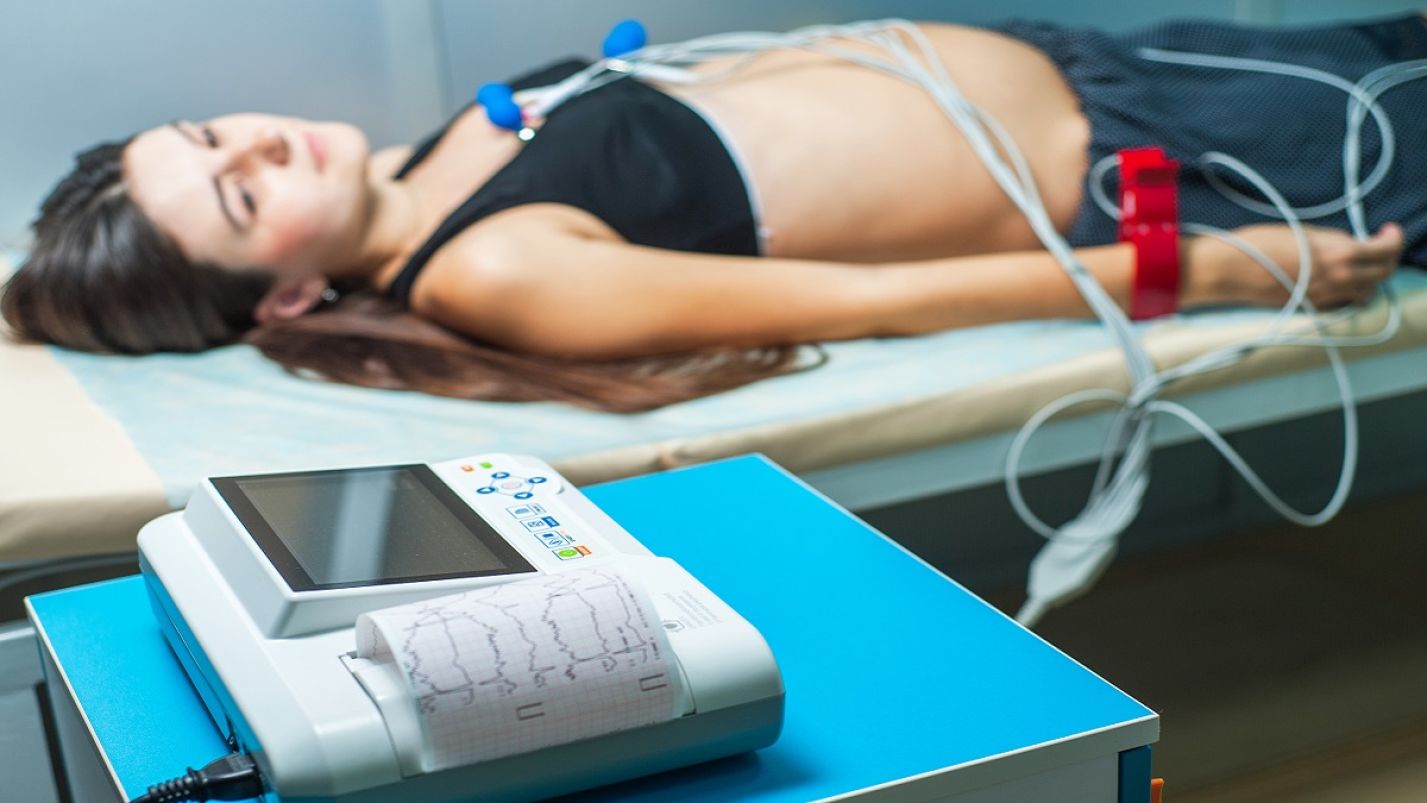A more serene pregnancy thanks to personalized monitoring. The future of telemedicine applied to maternal-fetal health
The project “Monitoring of maternal and fetal well-being during pregnancy: towards a wearable and telehealth system with AI based solutions and biosignal analysis“, developed within MUSA, focuses on monitoring maternal and fetal well-being and analyzing fetal heart rate variability, the series of temporal distances between successive heartbeats.
The project aims to use the data collected during the last few years of studies to develop technologies to be applied in non-invasive home monitoring. This is one of the few non-invasive measurements, which can also be performed independently by the pregnant woman, which provides indications on the neurodevelopmental model and the presence of possible pathologies.
“High-risk pregnancies are unfortunately very many, a good part is therefore followed through this type of examination which currently has to be done in the hospital, performed by an obstetrician and which requires between half an hour and an hour of recording. A rather demanding test that has an impact on the National Health System and that could be reduced if the pregnant woman could do it independently in her home, likely with a better view thanks to de-hospitalized monitoring”, explains Giulio Steyde, one of the developers of the project.
The post-analysis options that the designers are developing are two, namely showing the result to the pregnant woman and giving her the possibility to intervene or letting the device send an alarm to the doctor. These two types of choices can avoid creating stress and lighten the pregnancy from the negative emotional burden.
There are various technologies that allow to acquire the cardiac variability signal, such as electrocardiography or ultrasound Doppler, which allow to obtain a signal as clean as possible, but also the analysis of this signal, i.e., what can be deduced from it. This signal can clearly also indicate any complications, for example if the fetus is not receiving the right amount of nutrients through the placenta, so it has a preventive function and identification of risk situations.





